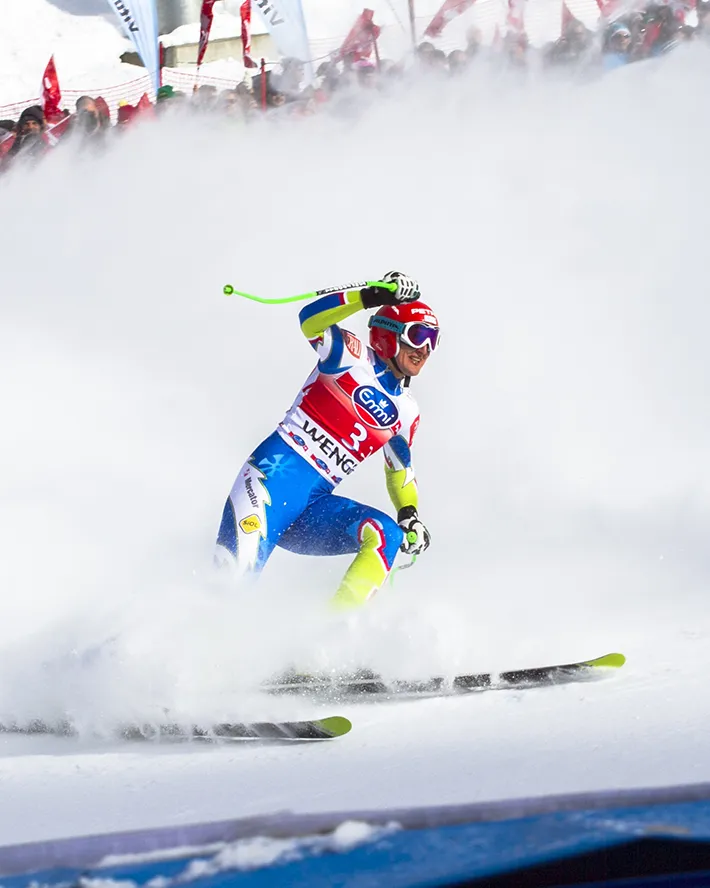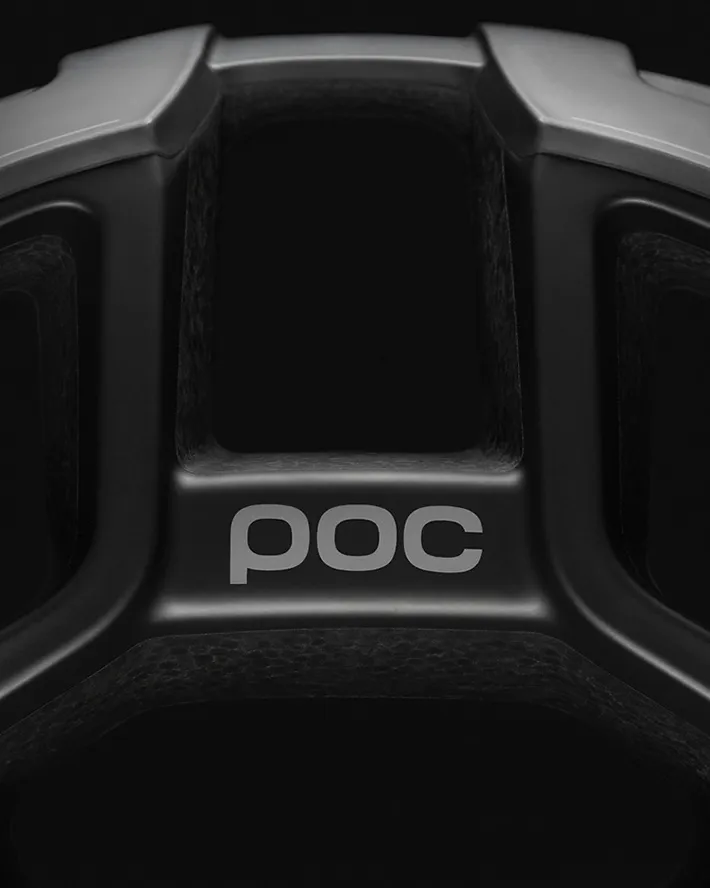Ski racing has a rich history dating back to the early 20th century, when the sport first began to gain popularity in Europe and North America. Over the years, many legendary ski racers have emerged, pushing the boundaries of what was thought to be possible and leaving a lasting impact on the sport. In this blog post, we will take a look at some of the pioneers who changed the game and helped shape the sport of ski racing into what it is today.
The Big Three: Main types of avalanche
Avalanches come in several flavours. If you want to keep safe in the backcountry it's wise to have some knowledge of the differences between the types of avalanche and the practical implications that follow. Three main catagories of avalanche are particularly important for the mountain traveller:
1. Loose snow avalanches ("sluffs"). As the name suggests, these are made up of loose snow that hasn't bonded into a slab or a cohesive layer. They're the type of avalanche that you often see in extreme ski films, where they lend a sense of drama as the skier outpaces them. They tend to start at a release point and fan out, and they're often considered less dangerous than the other two types of avalanche that I'll discuss below. Having said that, any element of loss of control in a mountain environment can be dangerous- being knocked off your feet by one of these could be enough to take you over a cliff or into some other terrain trap. Best avoided.
2. Slab avalanches. If you know about only one type of avalanche, then this should be it! If you're going to be hurt (or worse) by an avalanche, chances are it will be one of these, as they account for the overwhelming majority of avalanche fatalities to backcountry travellers. Put simply, a slab avalanche occurs when a cohesive plate of snow (the slab) breaks away from its anchorage on the mountain and slides under the force of gravity. Typically the slab will reach speeds quicker than fastest speed of the average skier or boarder within a few seconds and eventually travel at up to 80mph, so it's very difficult to outrun. As the slab moves, it tends to break up into progressively smaller pieces of different sizes, ending up as a flow of jumbled fragments and debris. It's this property that is exploited by avalanche airbag rucksacks (see here for a fuller explanation).

(Above: 24-year old freeskier Aymar Navarro was in front of the camera for a film shoot in the Spanish Pyrenees at the beginning of the year. But instead of capturing fantastic deep powder images, the camera team witnessed a major avalanche. A professional freerider, Aymar Navarro survived the disaster thanks to his ABS avalanche airbag.)
For a slab avalanche to occur, three factors are required:
i) Formation of a slab. Essentially a slab is a cohesive, strong layer of snow that overlies a weak layer.
ii) A trigger that causes overloading of the strength of the underlying weak snow layer. Triggers can be natural and sudden, such as an ice-fall or cornice break, or they can be natural and more gradual, such as a heavy snowfall or wind-loading event. However, and much more importantly as far as we're concerned, they can be manmade- by skiers, snowboarders, mountain walkers, snowshoers, snowmobilers, and anybody else doing the types of activities that we love to do in the winter mountains. In fact perhaps 90% of slab avalanches are triggered by the person involved or a member of their party. The size of trigger required varies depending on factors like the strength of the weak layer and the degree of loading. This means that a slide might not be triggered by a single skier, but put a group of skiers on the same slope or have the single skier load the slope more by falling, and the results might be catastrophically different. Finally, one of the reasons that slab avalanches are so dangerous is that the point where the slab fractures is often uphill of the trigger point. This means that there's a lot of snow above a triggering person, which could potentially end up on top of them when the avalanche eventually comes to rest.
iii) A slope angle capable of producing a slide. The slope needs to be not too steep and not too shallow- the main slope angles that produce slab avalanches involving humans are 25-50 degrees, with the sweetspot at 35-45 degrees. For much more information on this, see my blog on the effect of slope steepness on avalanche risk.
3. Wet snow avalanches. These tend to occur in spring or in mild temperatures or after rain, and happen when water permeates the snowpack, causing the bonds between snow crystals to weaken. They tend to move more slowly than the dry slab avalanches mentioned above, and typically might reach speeds of up to 30mph. Due to the weight of snow and water involved they can be very destructive (see this video for an interesting illustration). A particular type of wet snow slide that is often seen late season in the Alps is the glide avalanche, where the whole depth of snowpack gradually slides downhill.
I hope you've found this a useful overview of some of the main types of avalanche. Have fun out there.
The


